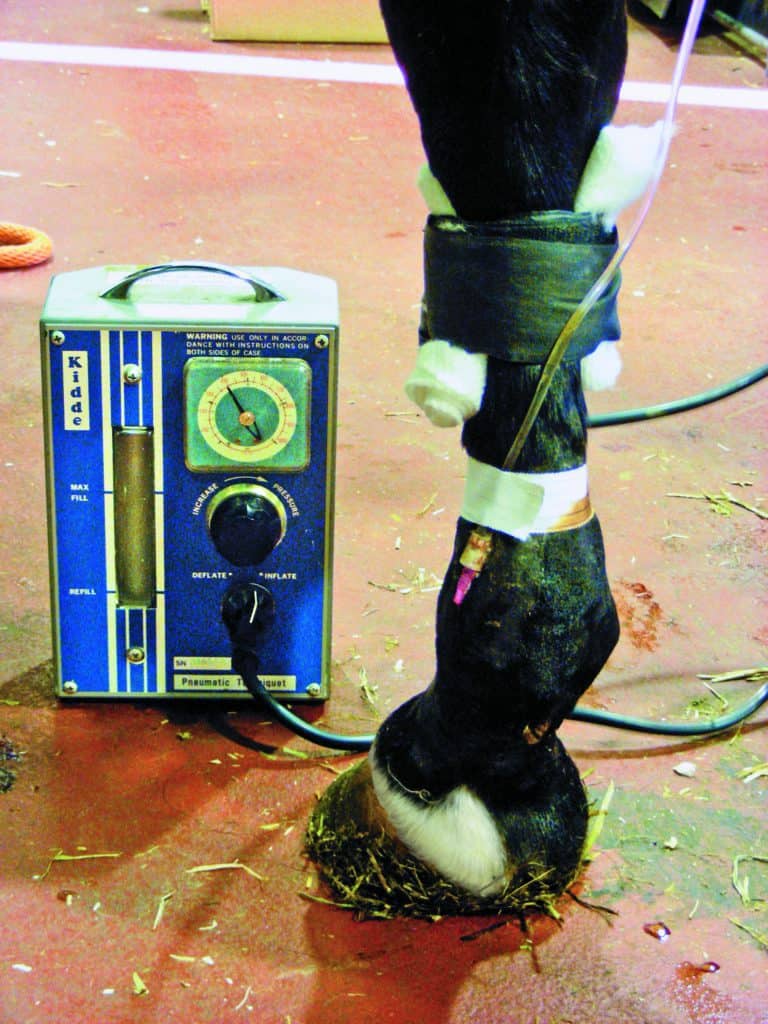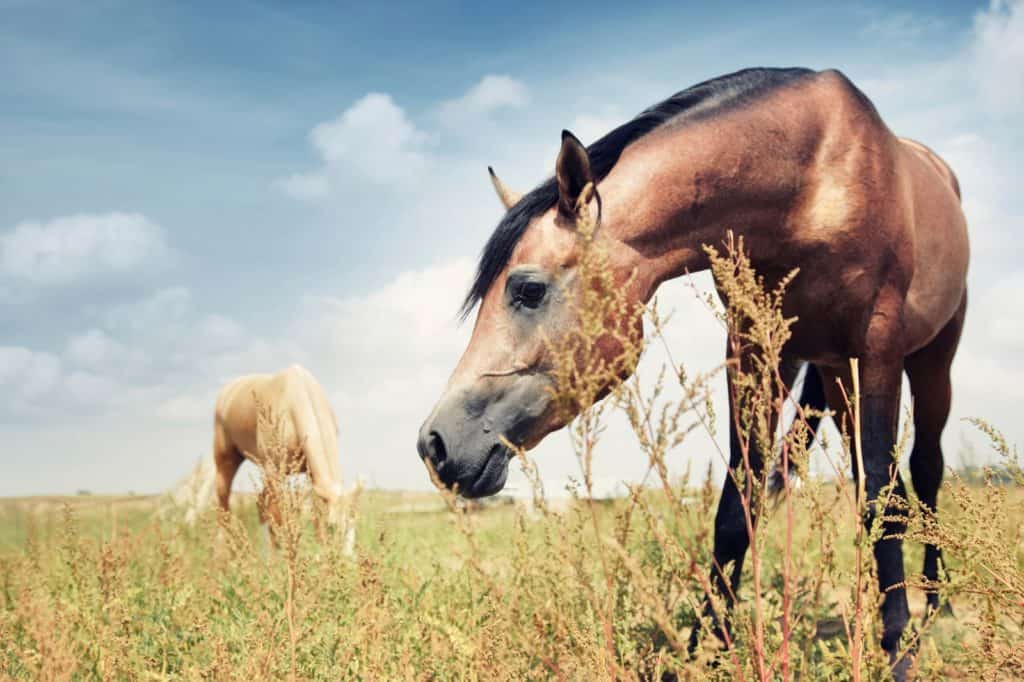
Antibiotic-Anesthetic Combo Effective Lower Limb Treatment
Vets can use amikacin and mepivacaine to safely and effectively treat lower limb injuries in standing, sedated horses.

Vets can use amikacin and mepivacaine to safely and effectively treat lower limb injuries in standing, sedated horses.

The procedure involves removing a sarcoid from the horse and implanting pieces of it back into the horse’s neck.

A researcher offers tips on how veterinarians can pinpoint the cause in unresolved upper hind limb lameness cases.

Equine reproduction specialist Dr. Etta Bradecamp overviews obstacles related to breeding performance mares and stallions.

From 2002 to 2014, researchers identified a fatality rate of 0.32 per 1,000 starts in endurance horses.

Researchers found that anticoagulant rodenticide ingestion coupled with strenuous exercise can be fatal to horses.

While hoof boots aren’t a permanent solution for chronic laminitis, they can provide customized support and pain relief.

These wounds are bad news! Pursue immediate and aggressive therapy for the best chance at a successful outcome.

A horse with a vertebral fracture without severe neurologic disorders could be a good candidate for surgical repair.

Learn what your horse needs in his diet and exercise program to help develop a well-muscled topline.

Researchers are hoping to make the preferred embryo freezing procedure available to more breeders.

Is the ointment you’re using on that cut helping or hurting? Remember these tips when treating horse wounds.

Touch-screen computers could remove the risk of human influence in research on equine decision-making and actions.

Medication and diagnostic analgesia are only effective if veterinarians put them in the right place, so accuracy is key.

Asthmatic horses’ clinical signs worsened when temperature and humidity increased suddenly, researchers found.

Peat might not be pretty, but study results suggest it might be better for your horse’s health than wood shavings.
Stay on top of the most recent Horse Health news with
"*" indicates required fields